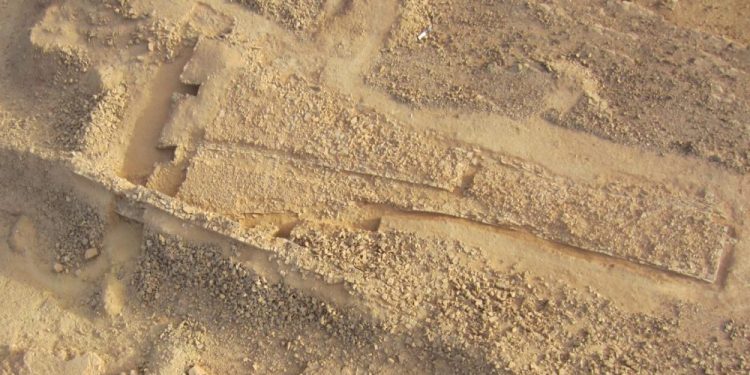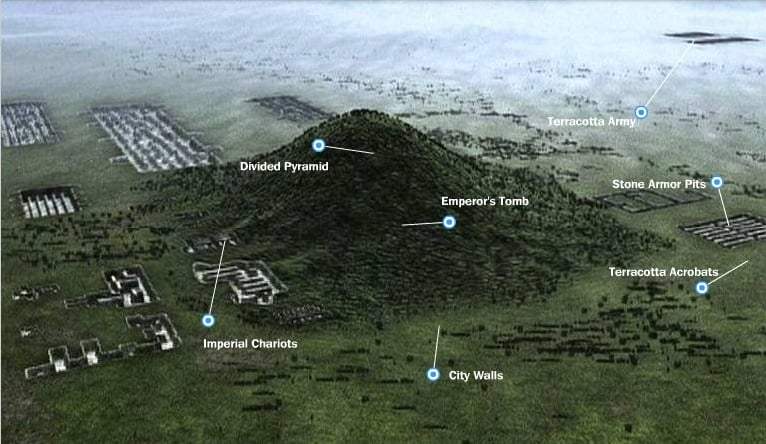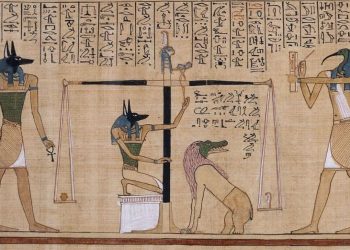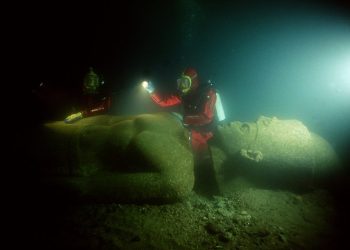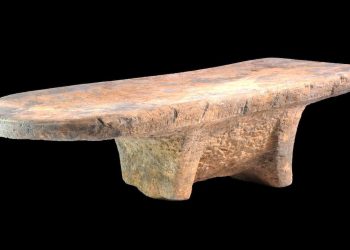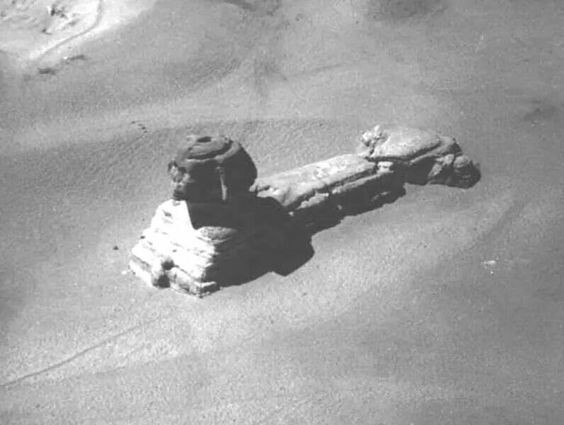Archaeologists have discovered a massive monument. Excavations have revealed a triangle-shaped stone platform believed to date back around 8,000 years in Northern Saudi Arabia. Archaeologists have revealed that The ancient structure, consisting of a triangular-shaped platform measuring some 35 meters in length, was found during archeological excavations at a site in the Dûmat al-Jandal oasis in northern Saudi Arabia.
Built in various phases
Believed to have been built in various phases like many other ancient structures, experts believe an ancient civilization erected the structure starting around the sixth millennium BC. Although much of its history is shrouded in mystery, and further excavations will be needed to understand the monument fully, archaeologists believe the triangular-shaped construction was likely used for religious ceremonies and rituals. The ancient monument was discovered by an international collaboration of scientists from France, Saudi Arabia, and Italy, led by Olivia Muñoz, a researcher at the CNRS, the official French National Center for Scientific Research.
A massive structure and plenty of artifacts
In addition to the massive construction, the archeologists discovered many artifacts and human fossils, which helped experts date the construction and explain its purpose. Archaeologists discovered human burials surrounding these structures and ancient human remains on top of the platform, which remained largely buried. The discovery of the triangular-shaped structure and the study describing its purpose were published in the Journal of Antiquity. “Excavation of the platform has yielded bioarchaeological and cultural remains, along with evidence for several construction phases and intermittent use down to the first millennium BC. Analysis of the platform and nearby tombs highlights the persistent funerary and ritual use of this area over millennia, illuminating nomadic pastoralist lifeways in prehistoric Arabia,” the researchers wrote in the study.

A religious society
The structure reaffirms that thousands of years ago, people in the region were a religious society based on rituals. The discoveries at the site offer an unprecedented view spanning back thousands of years into the past and are a symbolic imprint left by nomadic hunter-gatherers. Unlike the prehistoric remains of the Near East, the megalithic monuments of Arabia remain largely unknown to experts. According to the researchers, these monumental structures, made of dry stone walls, still hold many secrets regarding their construction, function, and chronology.
An advanced society
However, the discovery reaffirms that several thousands of years ago, advanced societies developed in the region and the Middle East. Evidence of that can be found in present-day Turkey, where supposed hunter-gatherers erected, over 12,000 years ago, a megalithic temple that is now considered the oldest on Earth. As we see with the discovery in Saudi Arabia, developed societies existed sooner than initially thought.
Some of the first megalithic monuments
The first megalithic monuments emerged much earlier than the first-recorded cities on Earth. This tells us that long-before people clustered into well-defined societies and built year-long settlements, we could build great construction projects built of lasting materials such as limestone and granite. The Saudi Arabian discovery tells us to dig deeper, for great things remain buried beneath the surface.
Have something to add? Visit Curiosmos on Facebook. Join the discussion in our mobile Telegram group



